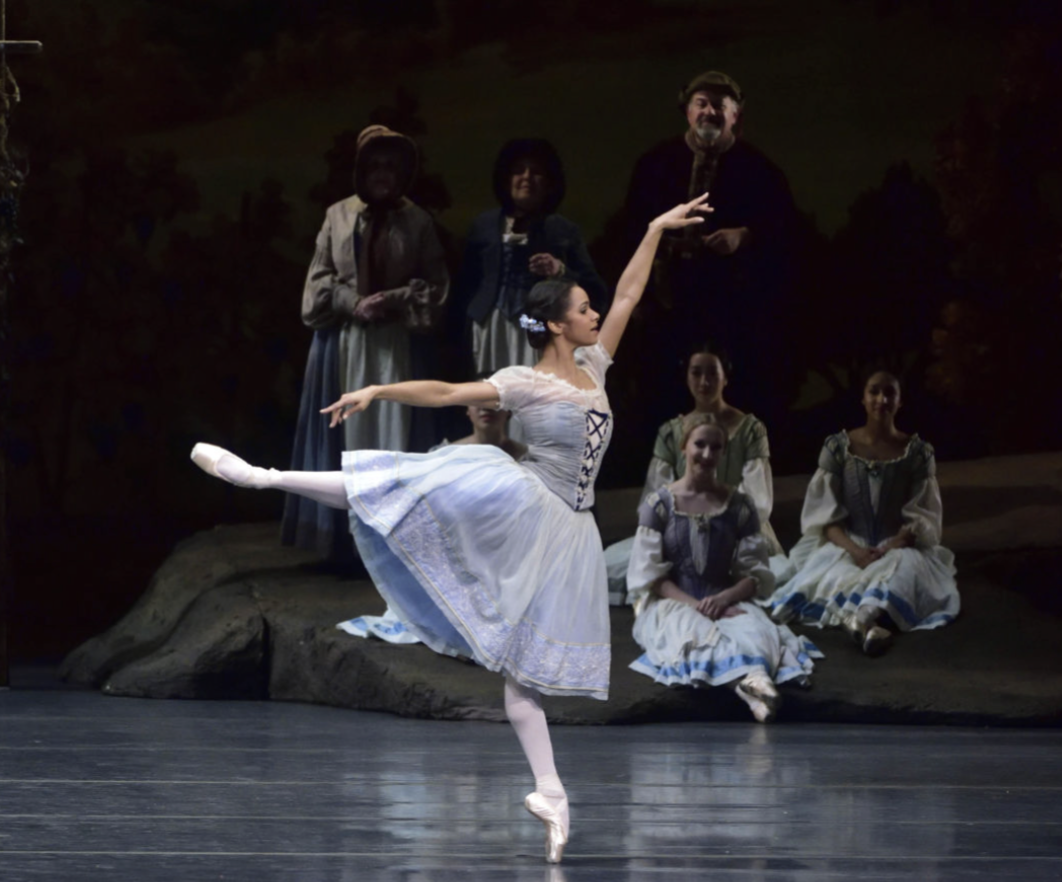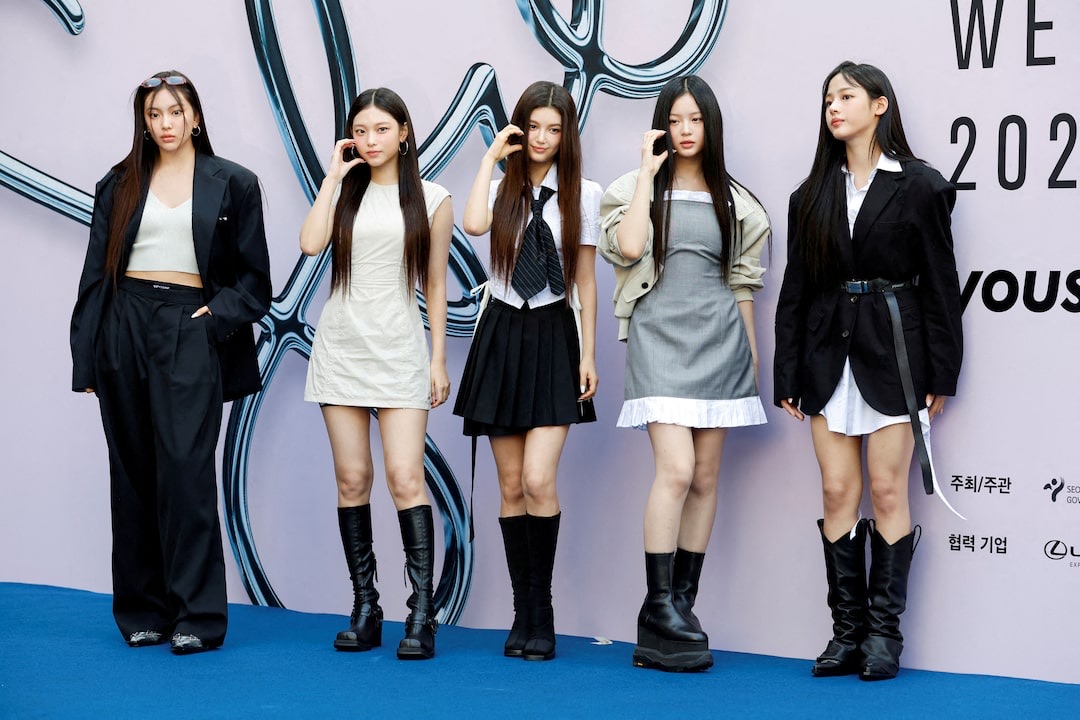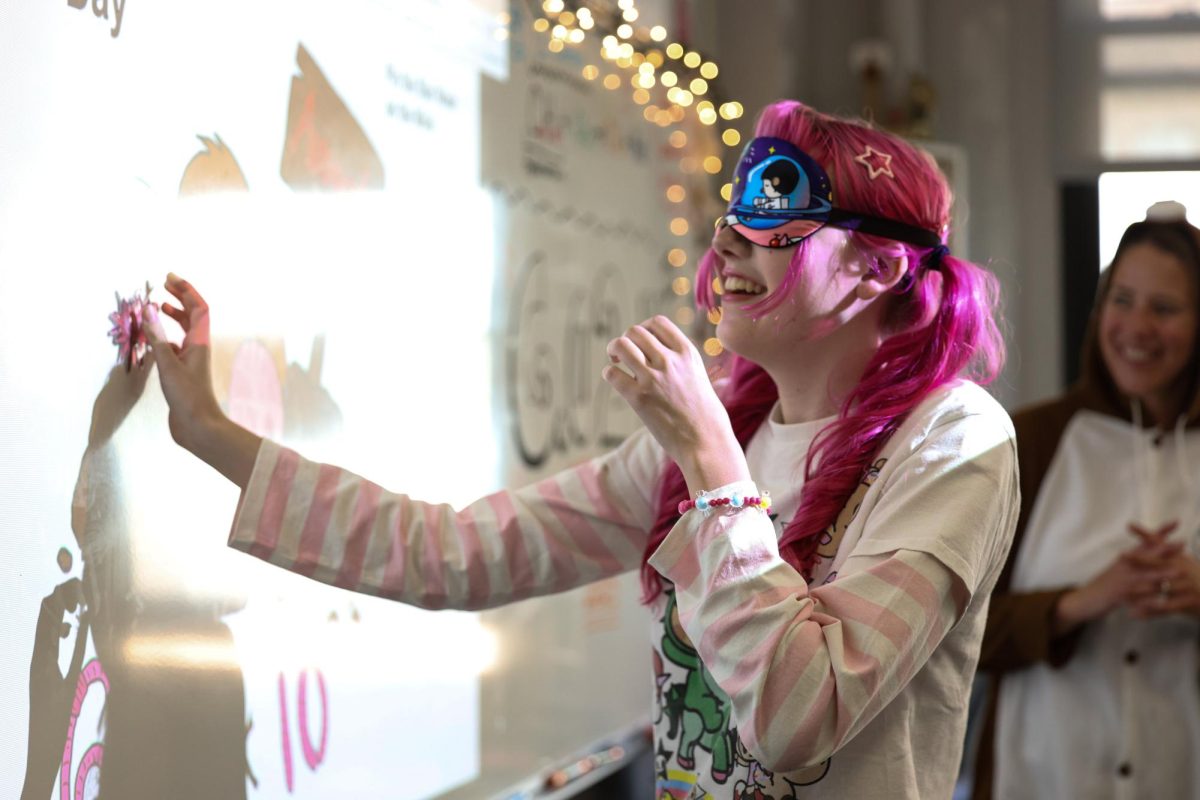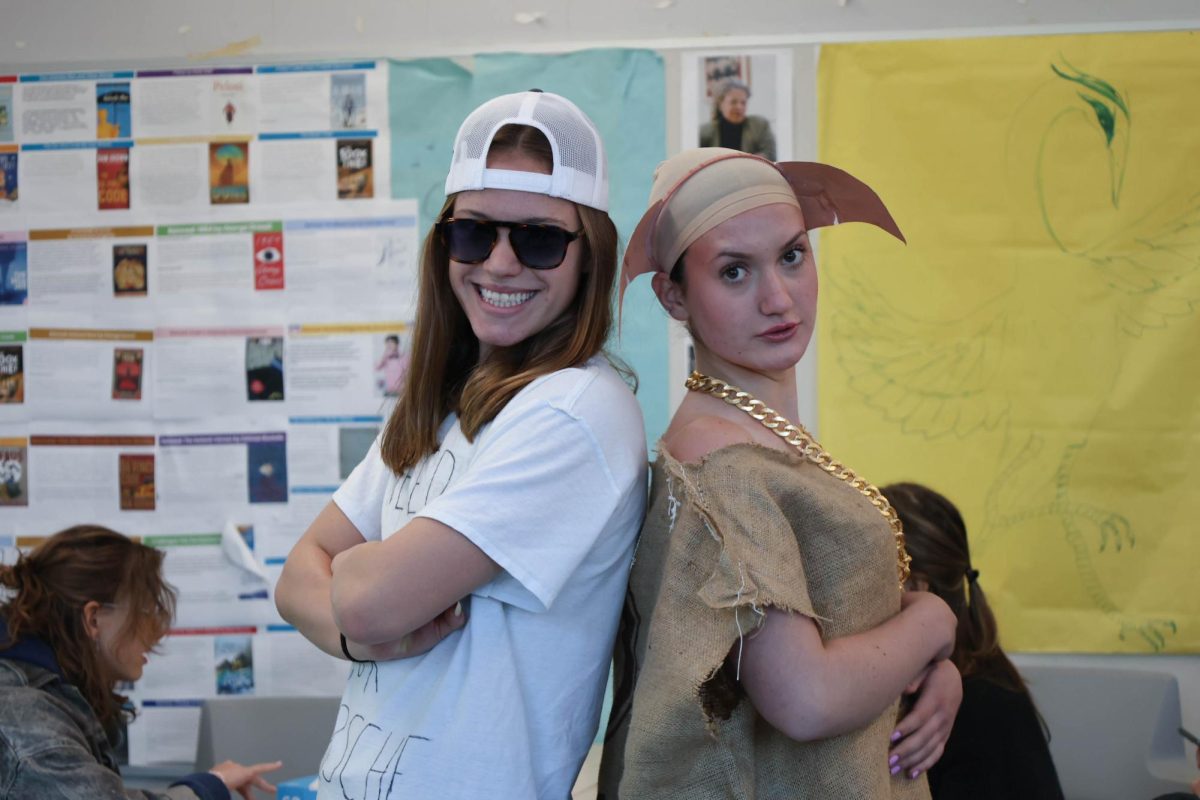On Wednesday, Oct. 22, 2025 one of our generation’s most decorated ballerinas, author, actress, mom and most impressively the first African American ballerina to be named principal dancer at one of the most prestigious ballet company in the country, the American Ballet Theater, has stepped down and retired from American Ballet Theater , Misty Copeland .
Copeland had a long and successful career filled with different paths and successes. On WednesdayOct. 22 2025,Copeland performed in her last performance with the American Ballet Theater at their annual fall gala. This year, the gala was decorated for her to celebrate her final bow. Starting with her performance of a very popular pas de deux from Romeo and Juliet” with Calvin Royal III, “Wrecka Stow”by Kyle Abraham with Calvin Royal III and her final performance being Twyla Tharp’s “Sinatra Suite” with Herman Cornejo. Many other decorated celebrities came to speak and commemorate her farewell performance such as Oprah Winfrey along with friends, colleagues and family.
Copeland was born on Sept. 10 1982 in Kansas City Missouri, and started her dance career at the age of 13.Copeland’s natural talent was recognized by a ballet instructor at a local Boys & Girls Club in San Pedro California. Eventually this led her to move in with the instructor’s family to pursue intensive training because her mom couldn’t give her the support and opportunities while watching her five siblings.
Despite the struggles she faced, and starting ballet at an age older than most start their training, Copeland never stopped her from pursuing her dream. She quickly became one of the best, impressing everyone that supported her.
At 15 she won first place at the Music Center Spotlight award and soon went on to study at the San Francisco Ballet School. She first attended San Francisco Ballet Schools Summer Intensive Program and got invited to train at the school as a full time student,while on a full ride scholarship. At age 17 she attended the American Ballet Theater Summer Intensive, winning the “coca-cola “ scholarship, a scholarship created to give to tilted dancers from the age of 12-18 participating in their summer intensive program.Only 27 current members at American Ballet Theater have received this honor.
At the age of 18, Copeland got a full ride scholarship to attend the ABT school full time in Sept. 2000. Copeland then went through all the positions in the company, from apprentice to principal dancer and became the second African American dancer to be promoted to soloist in Aug. 2007. Her final big leap being promoted to principal dancer, the highest rank at ABT, in June of 2015 making her the first ever African American ballerina at ABT to be promoted to principal dancer
Over the years, Copeland has performed in many ballets and played many beautiful parts. Here are some that stand out the most in her time. In 2012, Copeland premiered in her first ever principal role at the American Ballet Theater as the role of the “The Firebird “ in the ballet “Firebird” written and composed by Igor Stravinsky and choreographed by Michel Fokine. originally but was choreographed for Coplenad when she performed it by Alexie Ratmansky. In Dec. 2014, Coplenad performed the lead role of “Clara“ in the American Ballet Theater’s production of the Nutcracker. In 2014 she also became the first ever African American principal to dance the role “Odette/Odile” in the production Swan Lake for American Ballet Theater. In 2015, Copeland debuted in the production Romeo and Juliet, and starred as the lead role of “Juliet”.
Her impacts on the world around her haven’t just been through dance. Copeland has written many books and motivational pieces such as, “Life in Motion: An Unlikely Ballerina”, a New York Times bestselling memoir, “The Wind at My Back” a book about resilience, grace and her mentor Raven Wilkinson and “ Letters to Misty: How to Move Through Life with Confidence and Grace” a book offering advice and encouragement.
Beyond Copeland’s dancing she has had a huge impact on making a difference in the ballet world and changing their ideals on the “perfect dancer”, opening doors for dancers of all shapes and colors to get the same opportunities she did.










